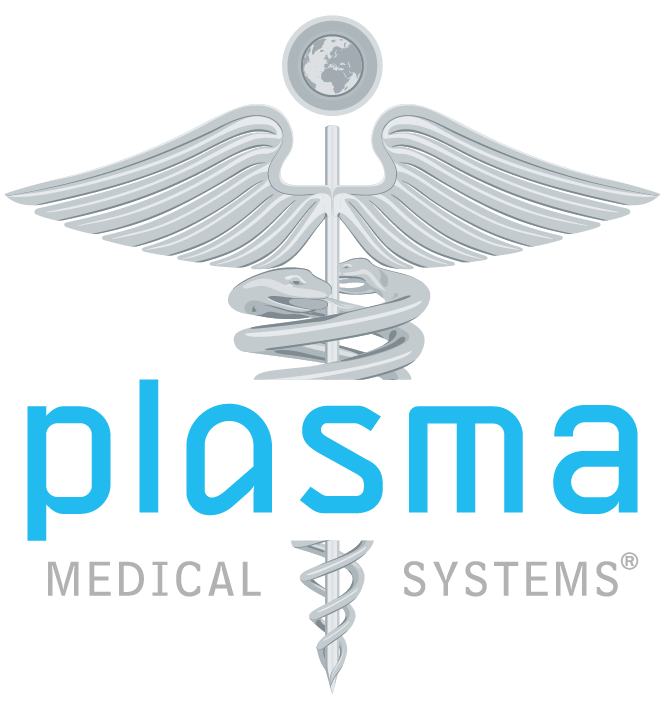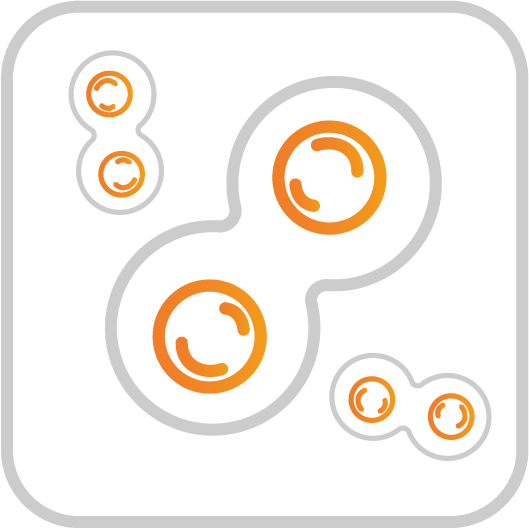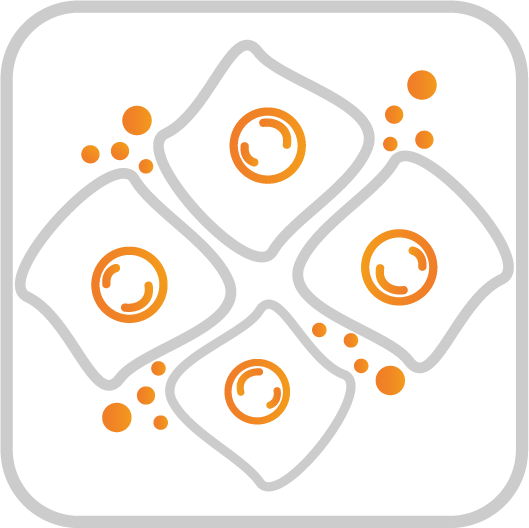Cold plasma
The leap forward innovation in wound management
- Clinical efficacy proven
-
Side-effect free*According to current knowledge
- Tried and tested
Abstract
Cold physical plasma in the medical sense is ionized gas whose temperature is in the range of body temperature.
The main area of application is the treatment of chronic, infected wounds and skin diseases caused by pathogens. Cold plasmas can inactivate many types of microorganisms, including multi-resistant bacteria, e.g. MRSA. In addition, cold plasmas can support natural wound healing by stimulating the formation of new tissue.
KAP = cold atmospheric pressure plasma
Cold plasma are ionized gases or noble gases that develop their therapeutic effect at room temperature.
Cold plasma in three steps:
- The excitation of gas atoms or molecules is achieved by applying an alternating voltage in the kilovoltage range. The thermal effect is low (<40°C).
- The interaction of the ionized atoms with adjacent media (air) leads to the formation of reactive species with biological action potential.
- In addition, electromagnetic radiation is emitted, in particular UV radiation and visible light.
Effects
COLD PLASMA WORKS
- 9Germ-reducing up to 99.9%
- 9Pain-relieving (pain therapy)
- 9Stimulation of regeneration
- 9Anti-inflammatory
- 9Promotes blood circulation
What is cold plasma?

Physical plasmas used for medical purposes are generated at temperatures barely above body temperature, so there are no burn effects. Furthermore, reactive oxygen species (ROS) are produced, which are the main effective components of physical plasma therapy. ROS are also produced during normal metabolic processes in the body and are therefore not foreign substances such as drugs.
ROS include superoxide ions, peroxides, nitrogen oxides, atomic oxygen and ozone. In human cells, ROS trigger different therapeutically useful cell responses. In bacteria, on the other hand, ROS mainly have a killing effect because, unlike human cells, bacteria do not have these effective detoxification mechanisms for ROS.

Antimicrobial
Cold plasma has an antimicrobial and antiseptic effect on a broad spectrum of pathogens, fungi, bacteria and animals.
Even multi-resistant germs are effectively killed.

Tissue regeneration
The cold plasma treatment has tissue regenerating properties. For example, cell growth is stimulated and cell migration is promoted.
This leads to improved tissue healing and scarring.
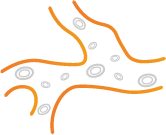
Promotes blood circulation
The treatment immediately leads to an improved wound appearance. The microcirculatory system is stimulated and the supply of nutrients is improved.
Open wounds immediately show a positive reddening of the wound area and increased wound secretion.
How does cold plasma work?
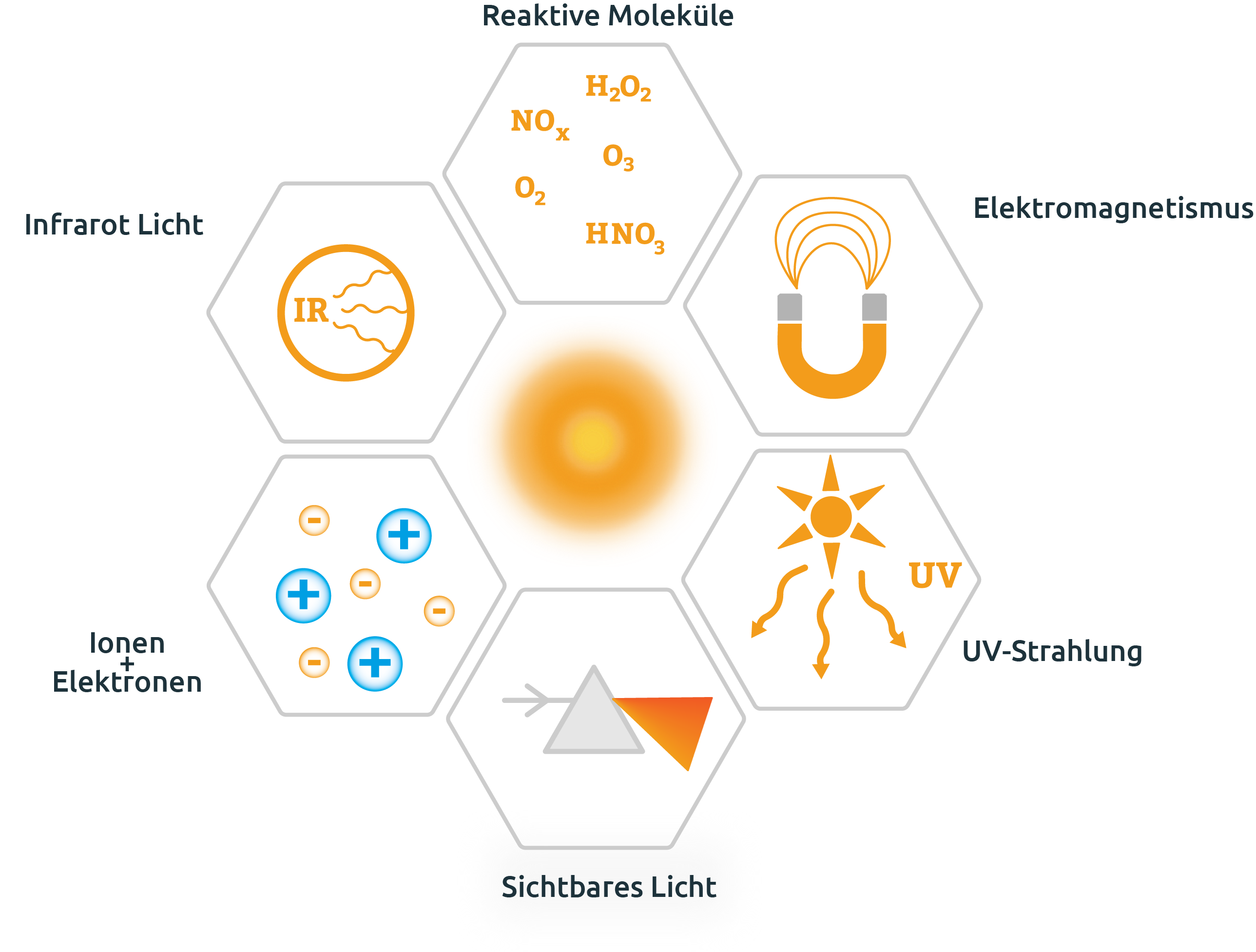
Multiple effect
Cold plasma has multiple effects. The exact mechanism of action is still the subject of current research.
Physical plasma has multiple effects. The antibacterial effect is caused by the fact that the cell walls of the bacteria, which are directly exposed to the plasma, become negatively charged due to the bombardment with the electrons present in the plasma.
Due to the electrostatic repulsion, this leads to mechanical stresses up to the point where the tensile strength is exceeded and the cell wall is destroyed.
Reactive nitrogen and oxygen species
ROS include superoxide ions, peroxides, nitrogen oxides, atomic oxygen and ozone.

- Non-hazardous
UV radiation
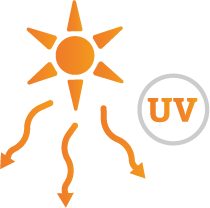
- Low dose
Electromagnetic fields

Support for the body’s own regeneration

Proliferation
Cell proliferation, often just called proliferation (Latin proles 'offspring', 'sprout' and ferre 'to bear'), is the term for the growth or multiplication of cells. Cell proliferation manifests itself in cell division and cell growth.
Cell migration
Cell migration (Latin migrare 'to migrate') refers to the active change of location (locomotion) of cells or cell clusters. The umbrella term "migration" includes undirected spontaneous movement (random migration), directed, chemotactic movement and changes in the speed of movement (chemokinetics).
Microcirculation
Where can cold plasma be used?
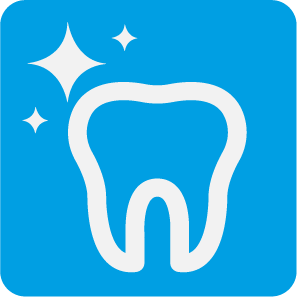

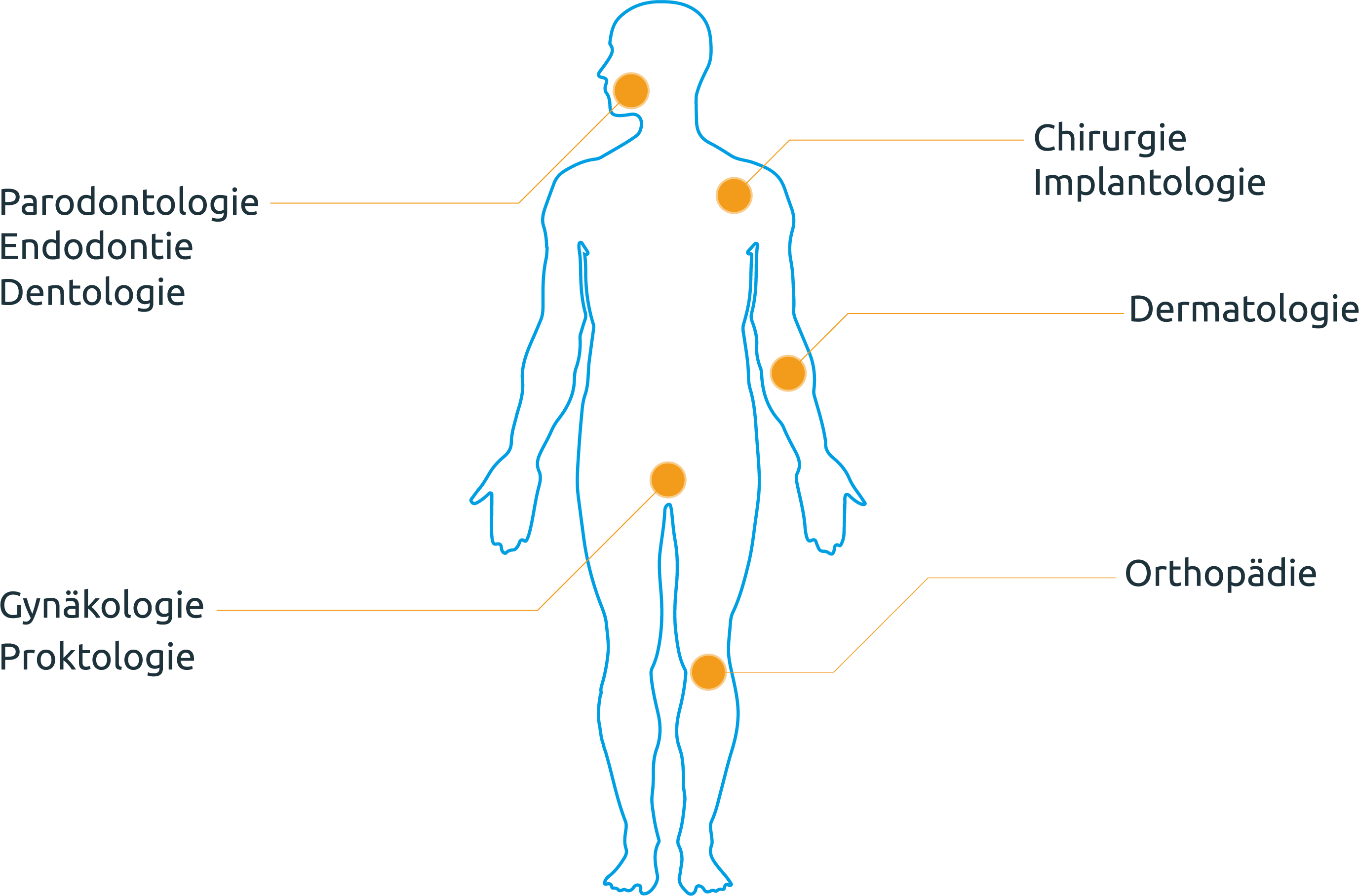


“Physical plasma can help wherever wound healing disorders are a problem.”
- NPostoperative
- NInfected & chronic wounds
- NFor wound healing disorders
- NPain therapy
Side effects and contraindications
According to current knowledge, there are no side effects.
- MActive implants
- MSevere neurological dysfunction
- MSevere mental dysfunction
- MHypersensitive reaction to electrical impulses
- MSevere asthma
- MPregnant patients in the first trimester
- MHyperthyroidism
Further links
You can find further information in the treatment guidelines of the AWMF – Association of Scientific Medical Societies: S2k guideline Rational therapeutic use of cold physical plasma ~ 23.02.2022
